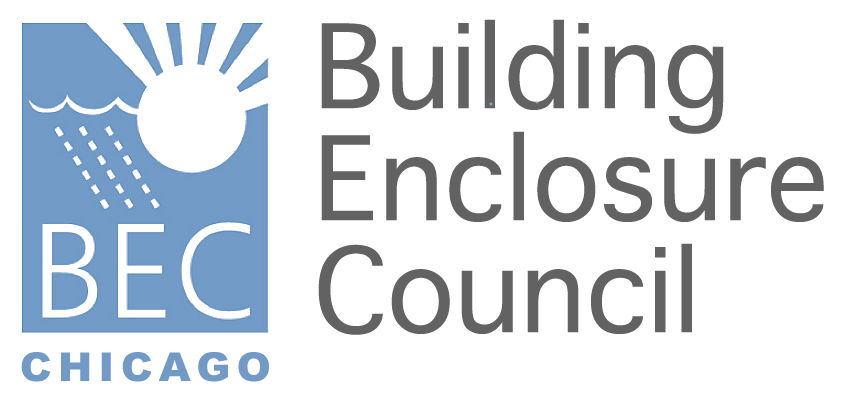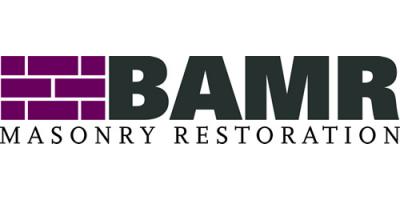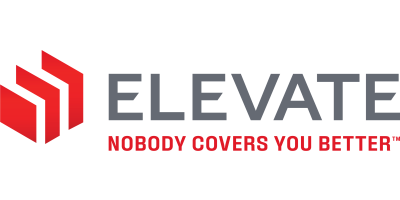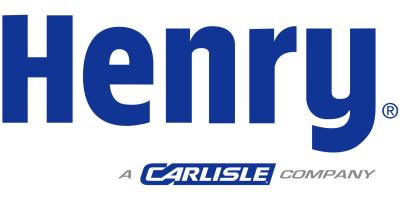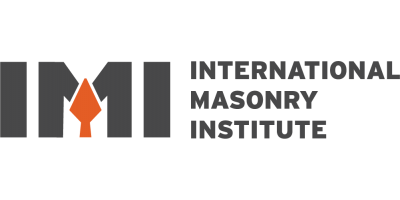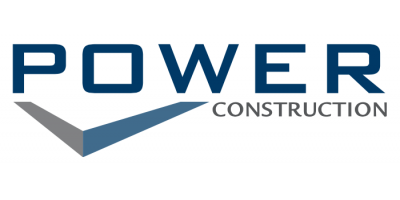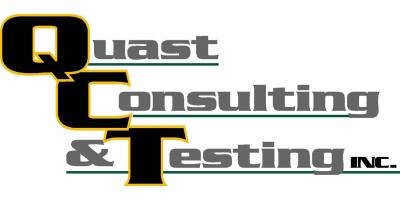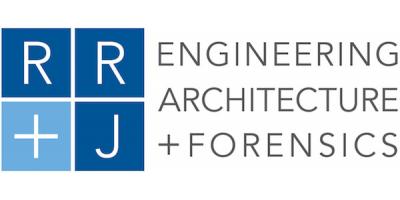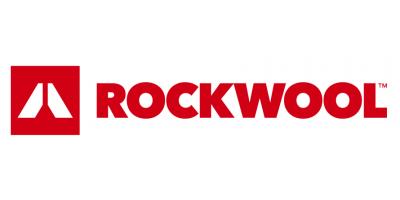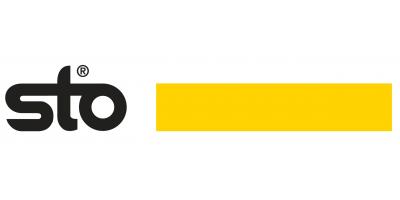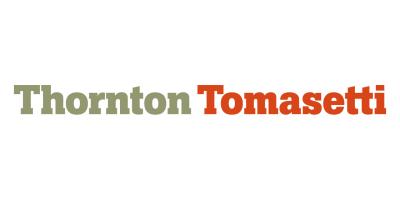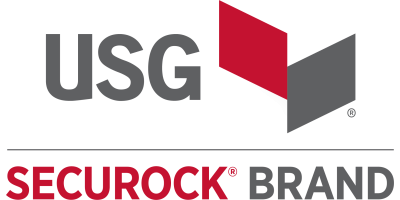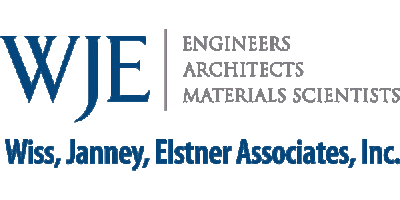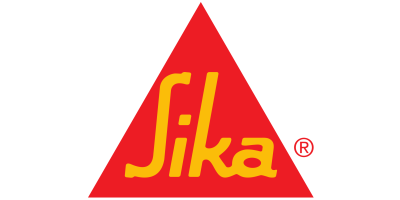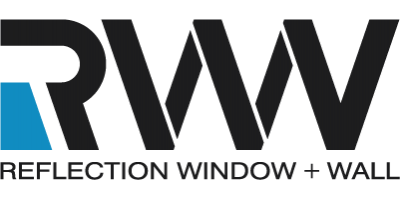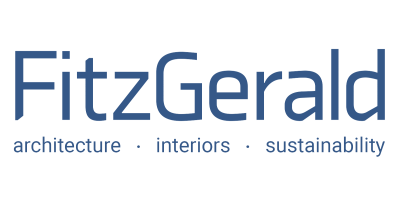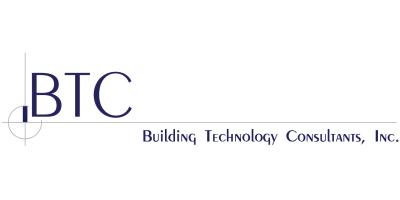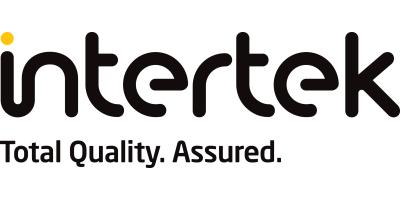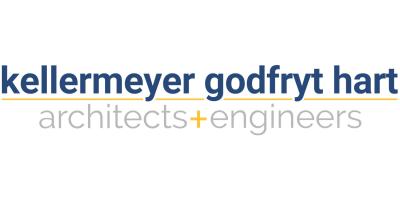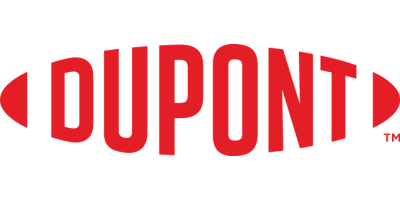| Location | Virtual Meeting via Webinar |
AIA CREDIT: Yes
ABSTRACT:
The new Chicago Building Code is a significant update that brings it in line with the national IBC and ASCE 7 standards. In addition to an increase in volume of design data and the challenge of navigating the standard, the underlying design method is Load and Resistance Factor Design based on ultimate events with longer mean recurrence intervals based on Risk Categories. This is a significant change from traditional Allowable Stress Design. Taller structures and those with a post-disaster purposes are to be designed for increased resiliency. While there is increased guidance on many, newer, construction materials, the code remains silent on many practical cases for building enclosure design. The presentation will speak to some that have been of interest recently including wind loading on pavers, coping and other roofing components and railings. Several examples of wind tunnel studies as sources of design data will be covered in detail.
LEARNING OBJECTIVES:
- Differences between Load and Resistant Factor Design (LRFD) and Allowable Stress Design (ASD).
- Risk Categories and associated Mean Recurrence Intervals in ASCE 7.
- Distinction and uses of Main Wind Force Resisting System wind loading coefficients and Components and Cladding coefficients.
- Wind loading combinations contained in ASCE 7.
- Uplift mechanisms for roof top pavers.
PRESENTER BIO:
Dr. Jon Galsworthy is a world leading wind engineer and recognized expert for wind effects on tall buildings. With more than 20 years of experience in all technical aspects of wind tunnel modelling studies, Jon leads highly technical teams toward client-centered goals and objectives. He has directed the wind engineering studies of several of the most complex and ambitious designs over the last 10 years. Internationally these include the Jeddah Tower, Merdeka PNB 118 and Ping An International Finance Center. In North America, notable projects include the Salesforce Tower in San Francisco, Vista Tower in Chicago, and in New York, the Steinway Building, and all the buildings at Hudson Yards.
Jon has been involved in the development of building codes in North America, has been a member of ASCE 7 wind loading subcommittee, and is the current chair of the National Building Code of Canada Task Group on Climatic Loads.
VIRTUAL MEETING REGISTRATION & LOGIN INFORMATION:
For BEC Chicago members, an invite with REGISTRATION LINK will be sent out approximately 7 to 10 days in advance of event. After registration, a confirmation email with LOGIN INFORMATION with be sent for the virtual meeting that will be hosted through ZOOM. For non-BEC Chicago members interested in attending, you may contact Jeff Diqui at jdiqui@imiweb.org to request an invite. The invitation will include a REGISTRATION LINK.
